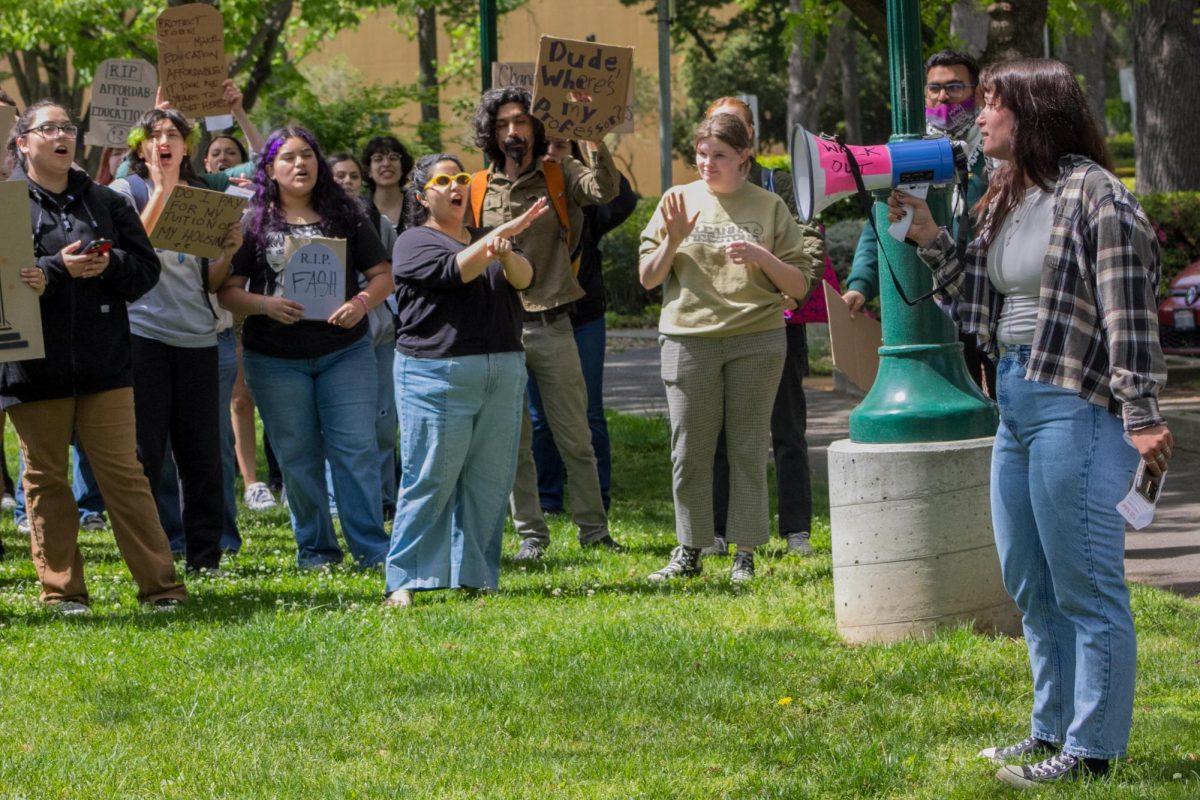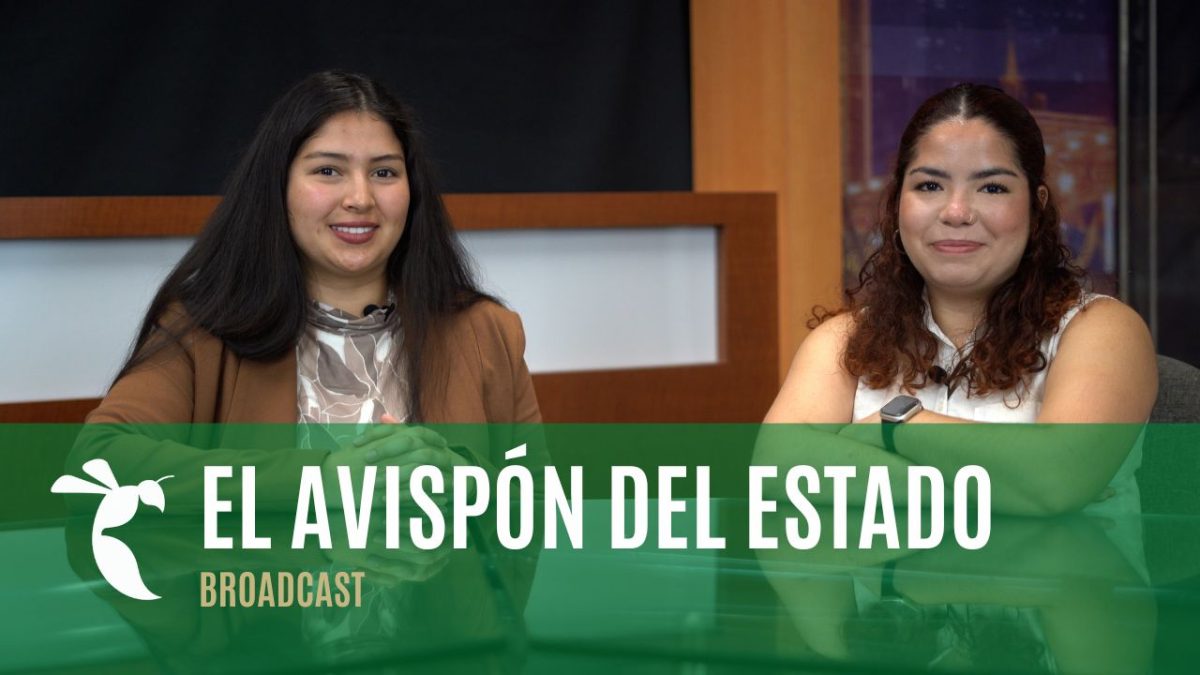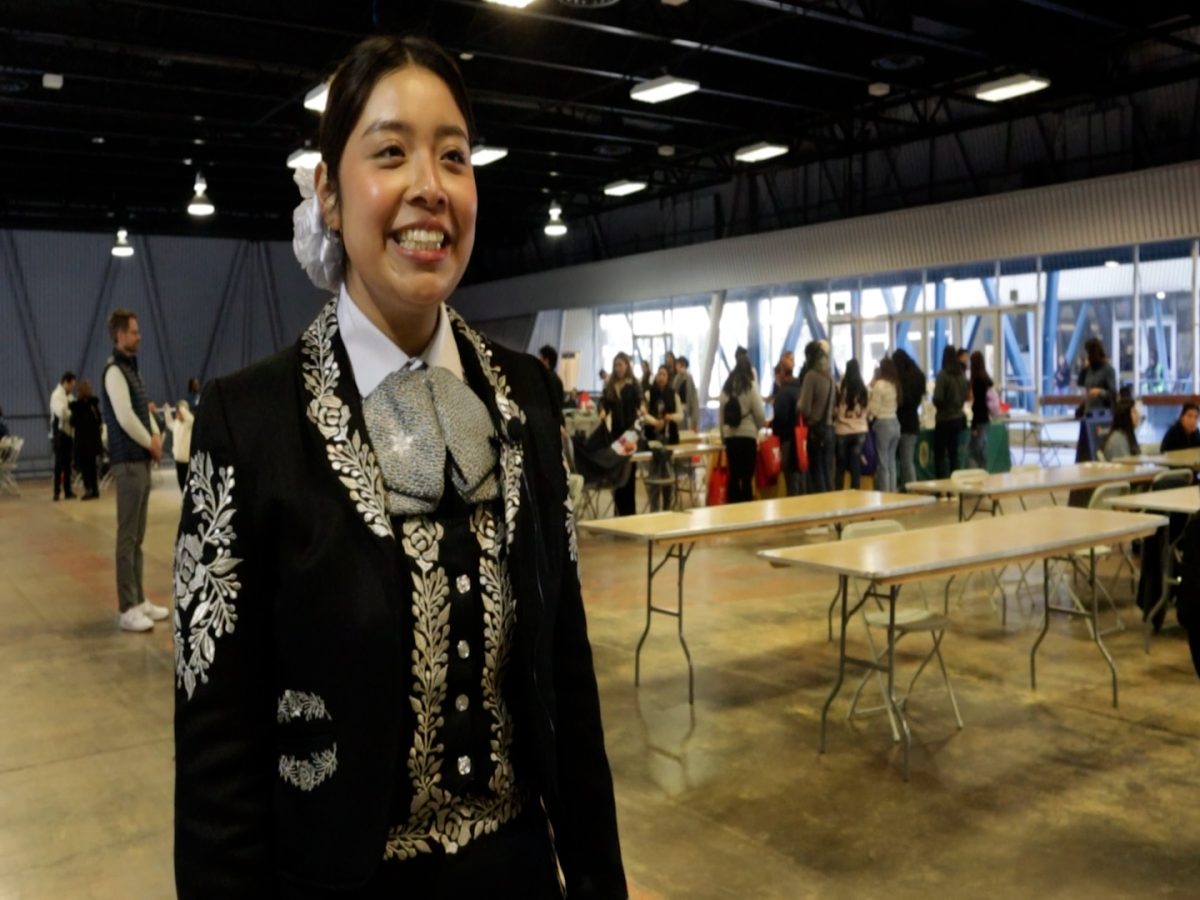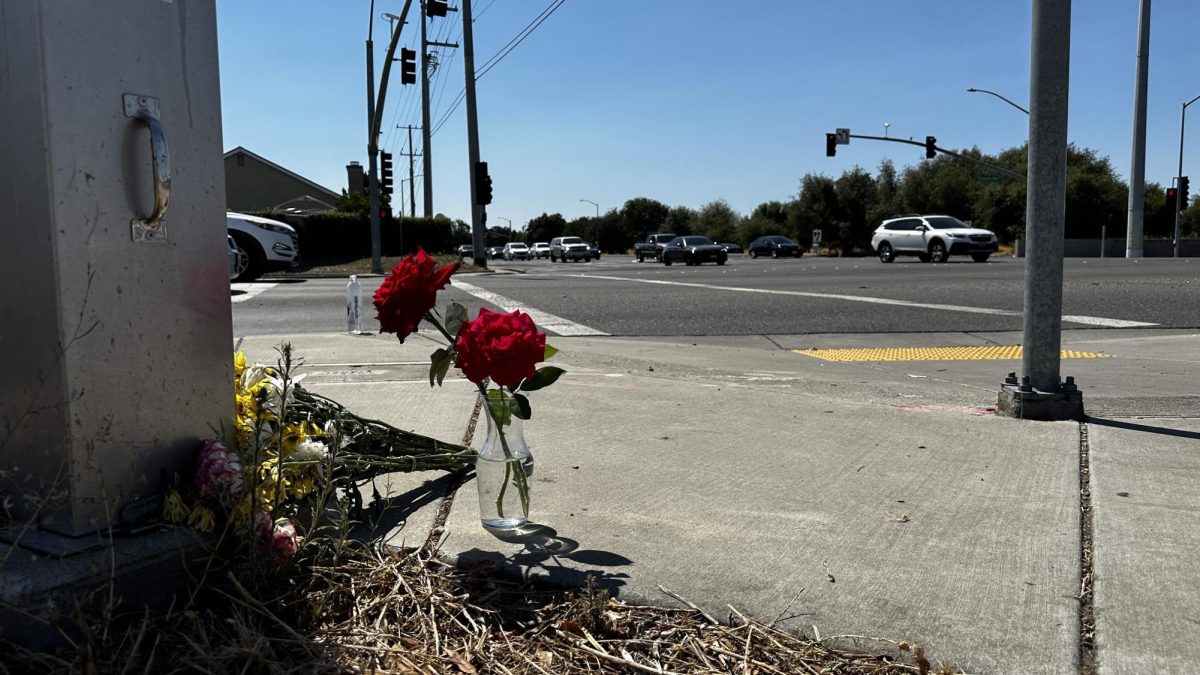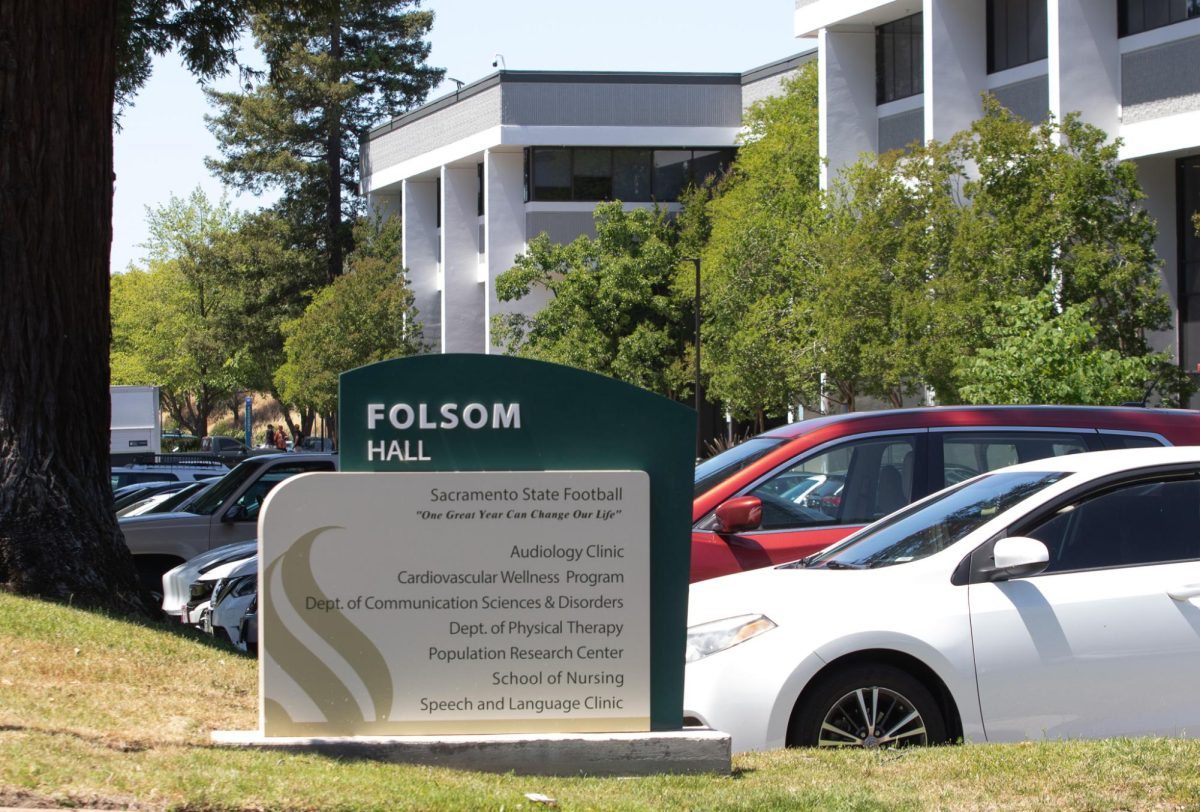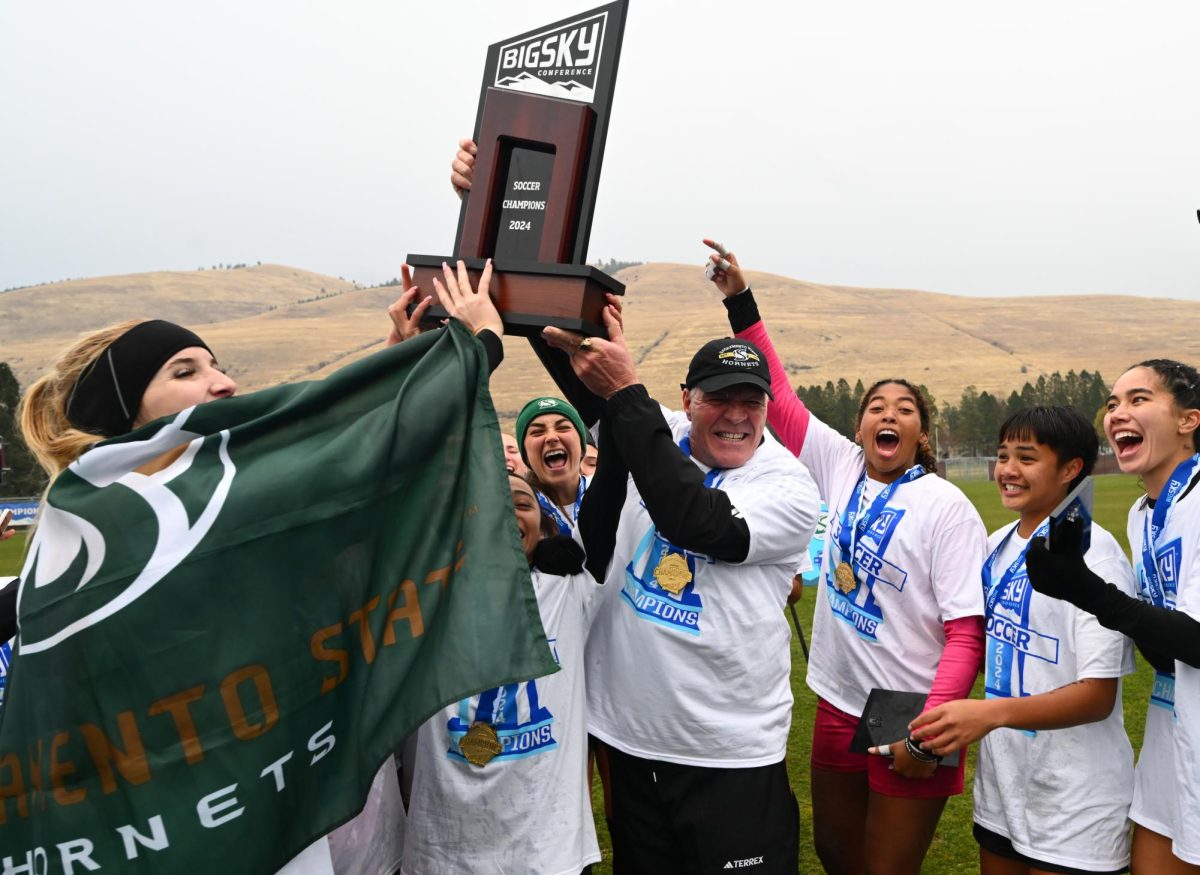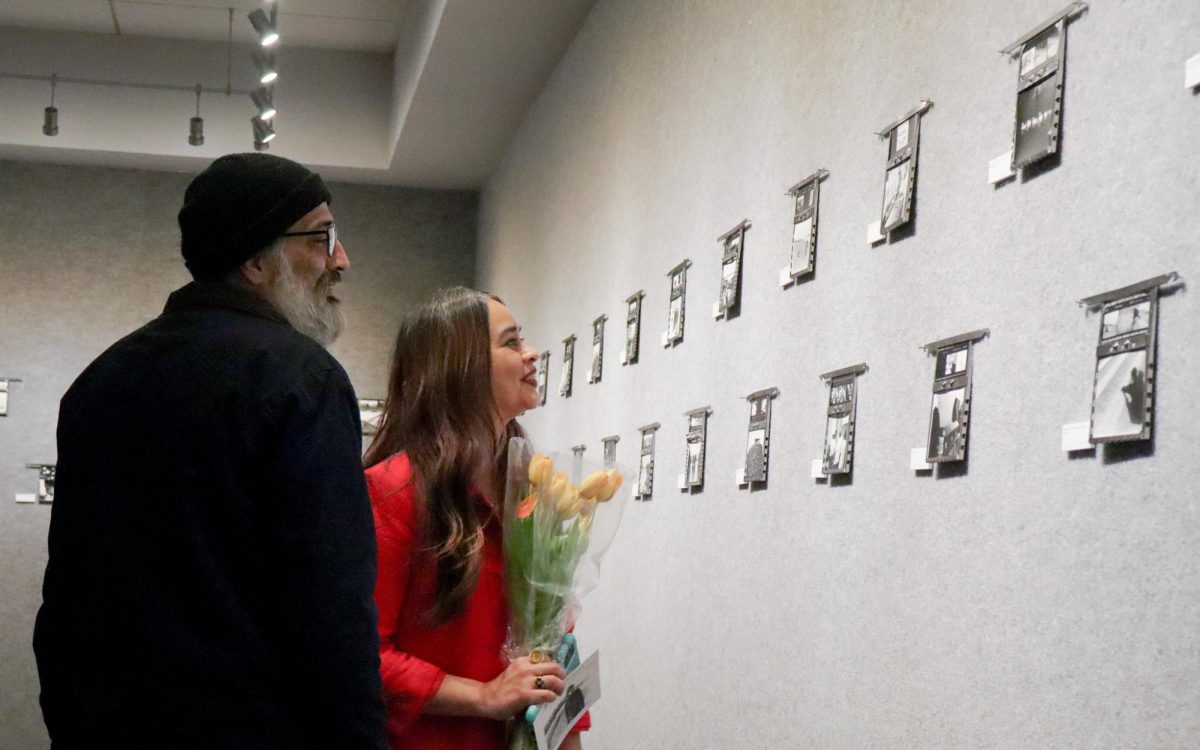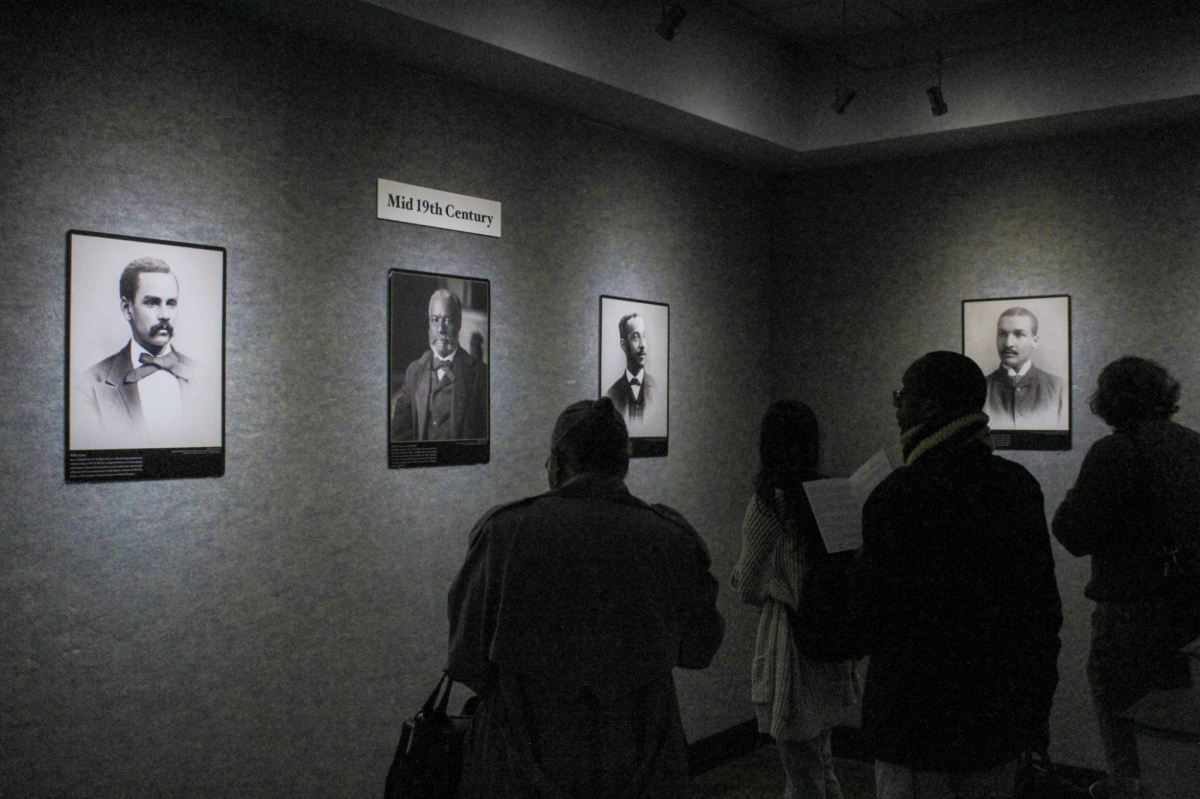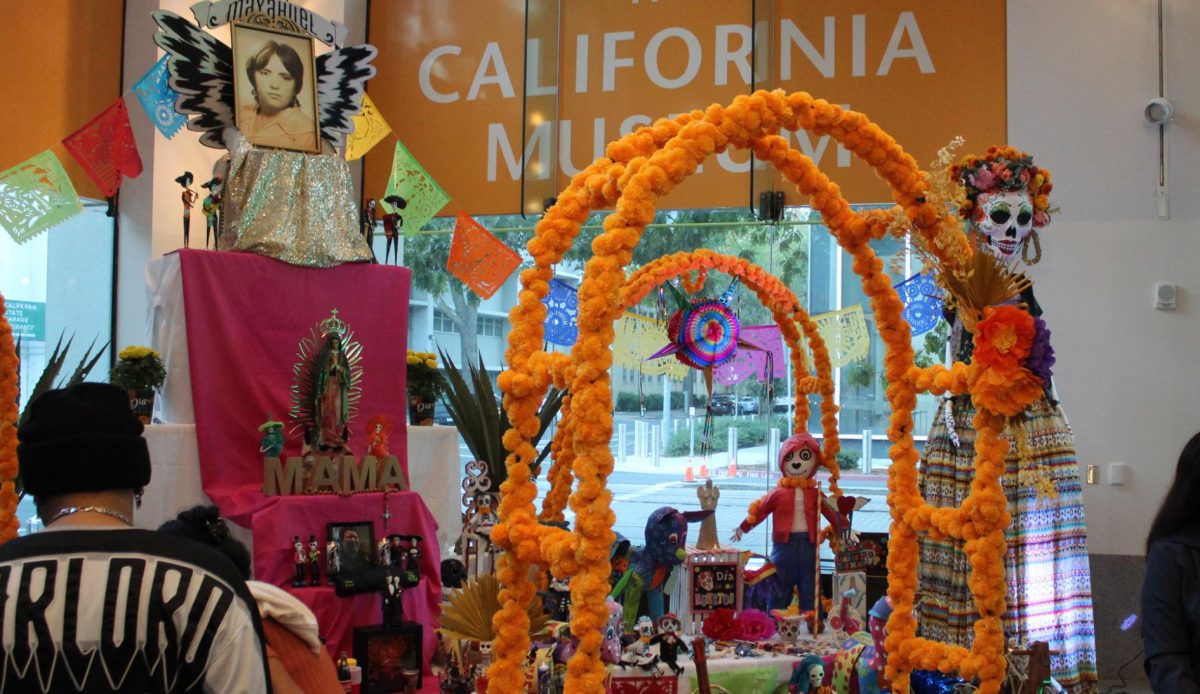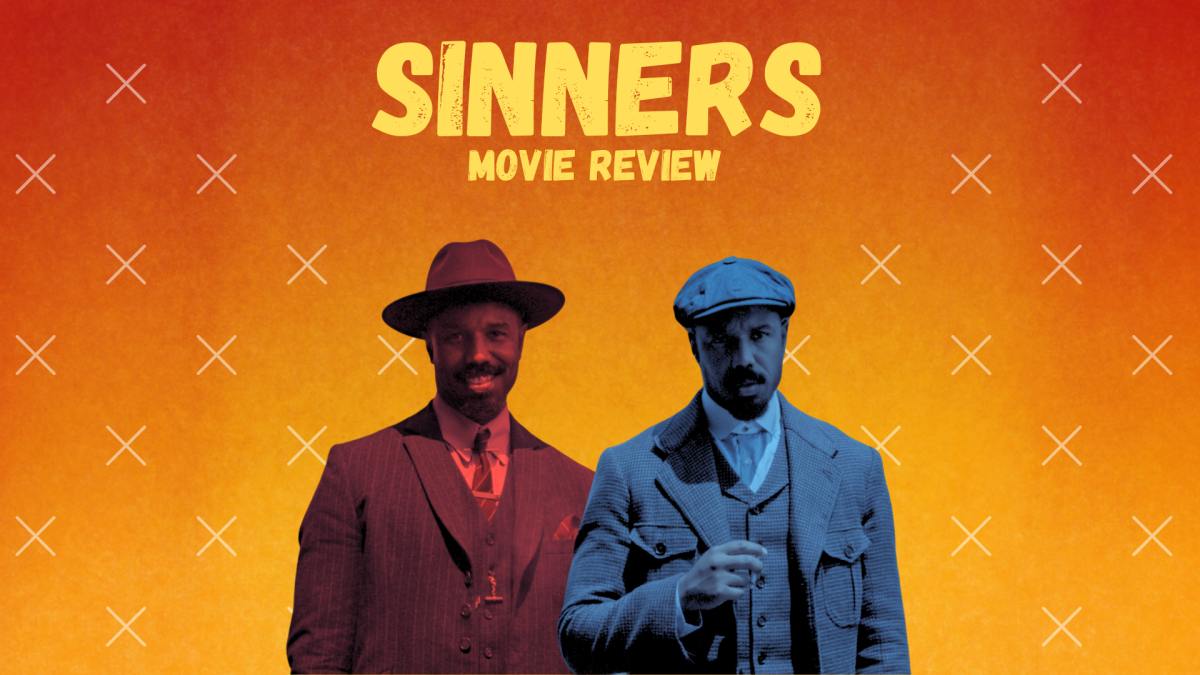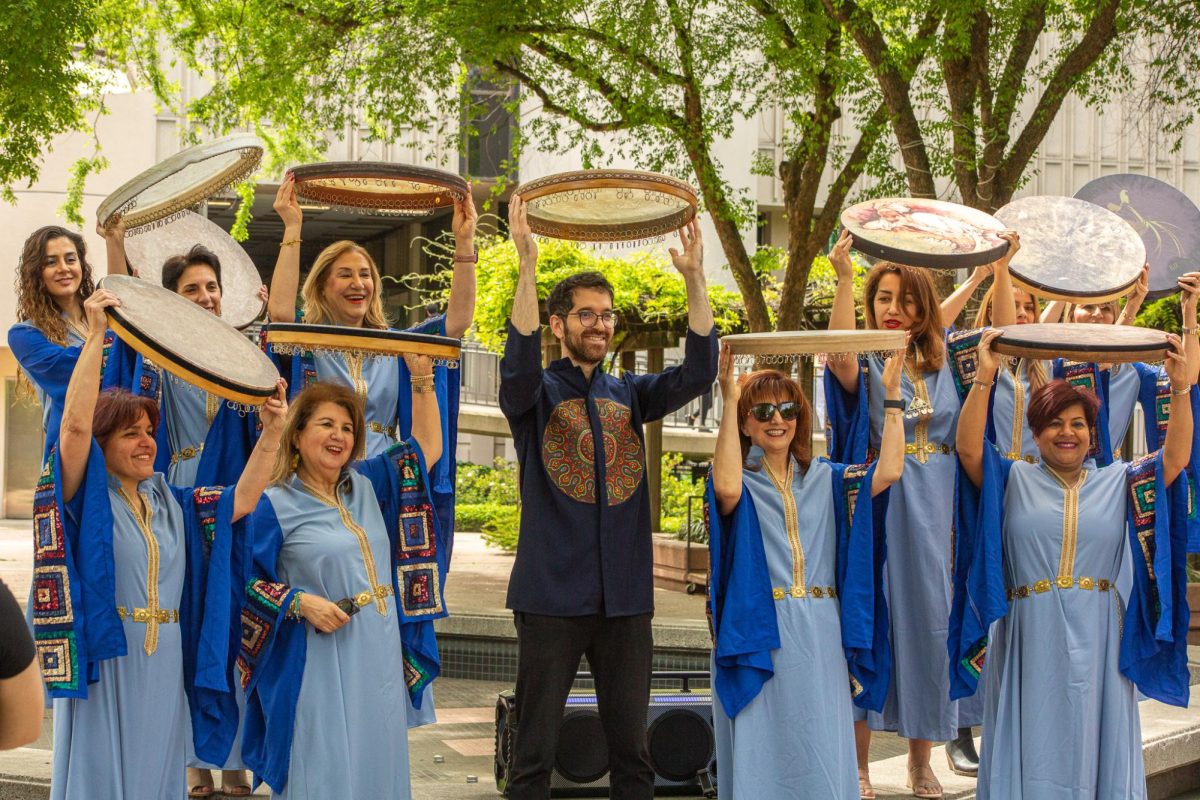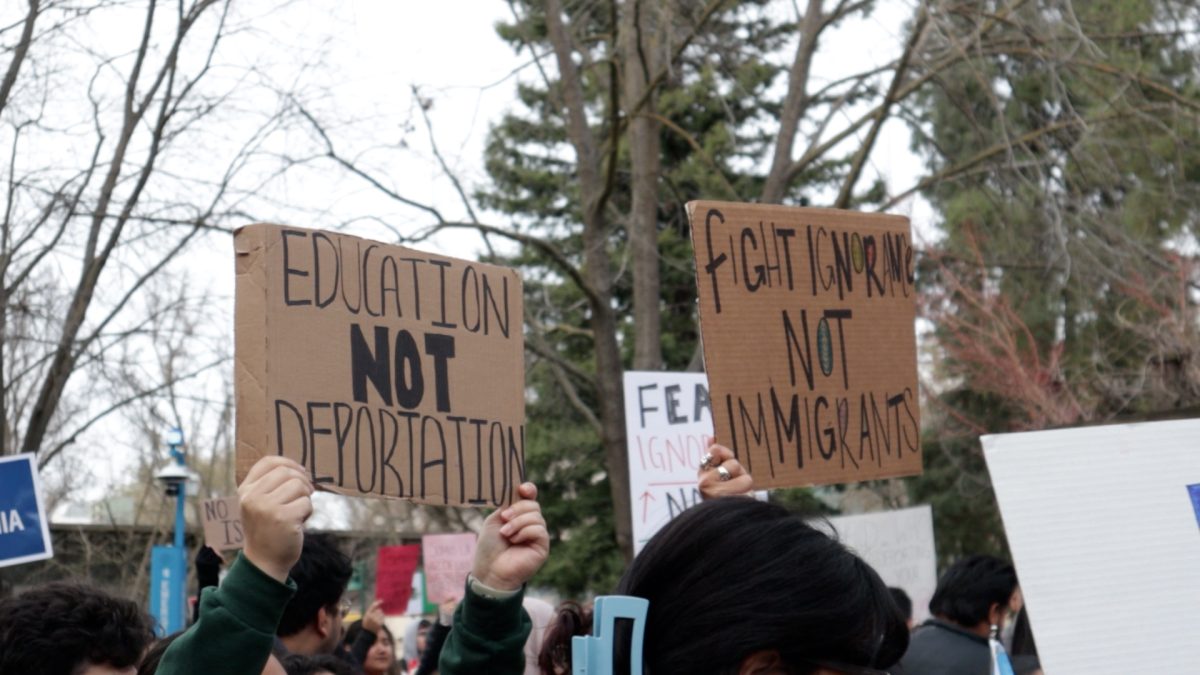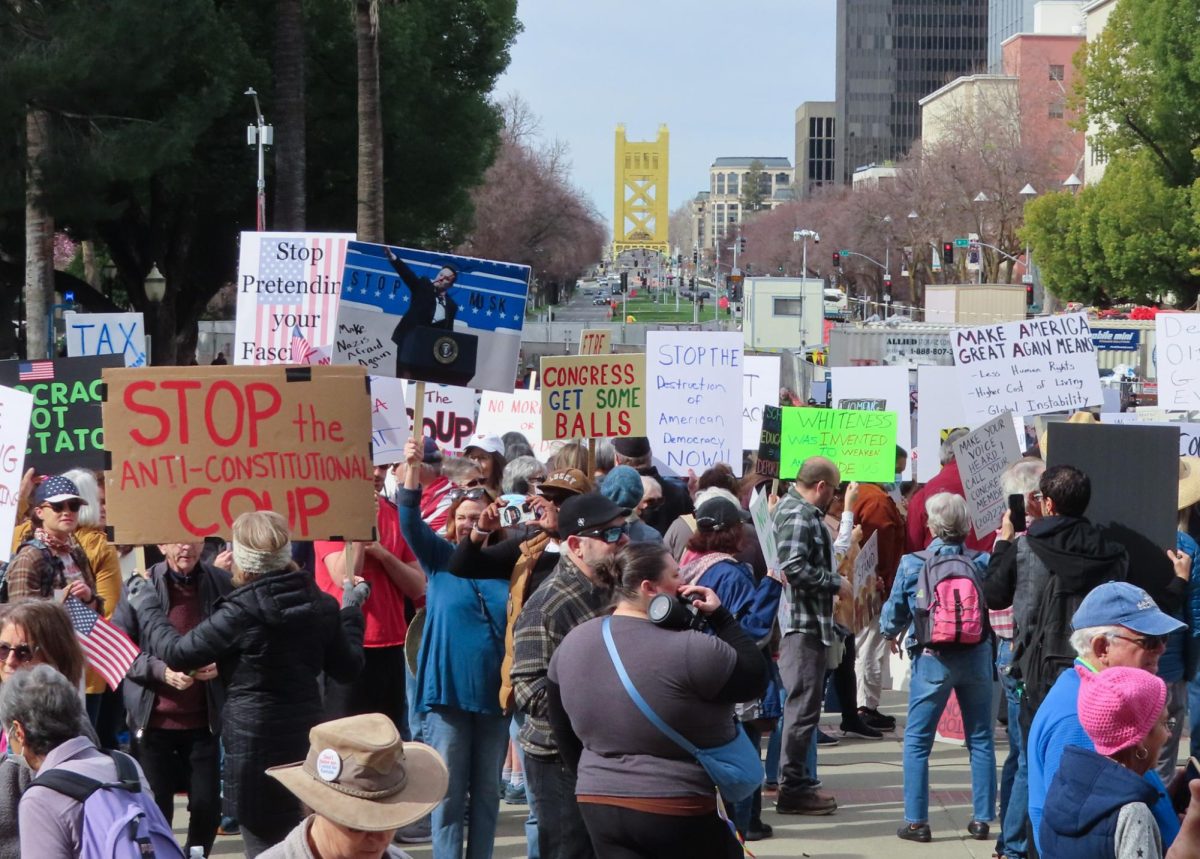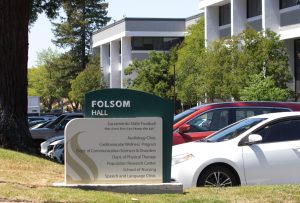Accusations of exploitation made against contributor
March 24, 2010
A.G. Spanos, the largest financial donor in Sacramento State history, has been accused of amassing his wealth by exploiting Mexican workers, a claim that has been denounced by those close to Spanos.
Spanos, a real estate developer and owner of the San Diego Chargers, pledged to donate $10 million in 2004 for a sports complex at Sac State named after him in his honor.
Spanos ran a catering company in the 1950s that housed and fed Mexican laborers during the Braceros Program, a contract between the United States and Mexican governments to allow more than 400,000 Mexican laborers to work in crop fields from the early 1940s to the 1960s. He would eventually make his first $1 million from his services, charging $1.75 a day for three meals.
Tony Platt, professor emeritus at Sac State, who mentioned Spanos’s involvement with braceros in the academic journal Social Justice, said he believed that Spanos “price gouged” the price of his food.
Platt said charging $1.75 from workers for food, who on average were paid $7 day, was exploitative.
“It’s a huge percentage of your income going to food,” Platt said.
Platt said because Braceros had restricted access to travel, did not speak the language and worked long hours, they were vulnerable to exploitation.
Natalia Orfanos, public relations director for A.G. Spanos Companies and co-author of Spanos’s biography, said she thought the allegation was frivolous.
“I don’t know where he can come and make that kind of allegation,” Ofranos said. “I realize that later on that abuses took place and that people were exploited, and still people are exploited, but it was not from Alex Spanos.”
According to his biography, Spanos started the A.G. Spanos Agricultural Catering Company after he quit his job making $40 a week in his father’s bakery. Having no money for his family, he took an $800 loan to buy a slicing machine, a meat cleaver, bread and bologna.
He and his wife would make sandwiches each night, and Spanos would sell his 250 sandwiches to braceros working at various farms in the Stockton area.
Later, Spanos would get the idea to recruit Mexican laborers for farms, who had been asking Spanos if he knew where they could find workers.
“I’ve always believed in supply and demand,” Spanos wrote. “If I can deliver sandwiches, why can’t I deliver laborers?”
Spanos would recruit 350 workers to the farms on his sandwich route. He would house the workers in a building he rented out from the San Joaquin County Fair, which also housed a vegetable exhibit. He also rented out 350 beds, mattresses, and pillows for the workers to sleep on.
“The whole thing came together in less than 30 days, and the A.G. Spanos Agricultural Catering Service was headed into the big leagues,” he wrote.
From every $1.75 deducted from the workers’ wages for food, Spanos made a $1 profit.
Paul Lopez, sociology professor at Chico State, who recently wrote a book interviewing many braceros, said he believed Spanos exploited the workers he served.
“I think that was an exorbitant amount of money for that day,” Lopez said.
Ofranos said calling making profit exploitation was off base.
“I’m sorry, this is how our society works,” Ofranos said. “When you sell something you make some profit so that you can live, too.”
In 1950, a year before Spanos started, the average American family spent 27 percent of their annual income on food. Living in Spanos’s accommodations, the braceros paid 25 percent of their income on food.
In his book, Spanos addresses exploitation.
“These days, many immigrants who come to America, sometimes legally, sometimes not, are horrendously exploited,” Spanos wrote. “But during the 1950s Braceros Program, the exodus of laborers from Mexico was well organized, and their stay, at least in the accommodations I provided, was both suitable and nourishing.”
The contact between the U.S. and Mexico stipulated the food should be furnished at a cost to the workers. A charge of $1.75 was standard among most catering companies and commissaries feeding workers at the time in Califronia.
Platt said that to furnish food at a cost did not mean to make excessive profits.
In his first four years, Spanos made a 60 percent profit from the fee he deducted from workers wages, and had made more than $700,000, or $5,638,695 in today’s dollars.
According to the book “Merchants of Labor” by Ernesto Galarza, food services were the most irritating aspect of the Braceros Program for some workers.
Many braceros, Galarza wrote, complained that the food they were served was not worth the deductions made to their wages.
Spanos’s autobiography mentions that he served nothing other than bologna sandwiches and boiled beans for the first year he housed laborers.
“If that was the only meal that they were able to serve for the first year, then oh my god, wow,” Lopez said. “To me he was cutting corners … because he made so much money off them it was incredible.”
Spanos wrote that he chose bologna because it was the cheapest meat. In the first three months, Spanos made $35,000 from feeding and housing the workers, the equivalent of $291,694 in today’s dollars.
“He said he used the money to bail out his mom and dad, which is very typical to take care of your own,” Lopez said. “But it really came at the expense of the braceros who he overcharged.”
Orfanos said Spanos would later hire Mexican chefs to serve the workers meals with tortillas, beef, pork and beans.
Spanos’s account in his autobiography raised some red flags, Lopez said.
“The definition of housing based on the contract (between the U.S. and Mexico) was to be “adequate,'” Lopez said. “You can define this in a number of different ways. What does adequate mean?”
Lopez said Spanos’s account does not mention where the people he housed showered, or whether there was heating or air conditioning.
“The contract stipulated that you have to have those kind of facilities for people to live,” Lopez said.
Orfanos said that showering facilities were available in the accommodations that Spanos provided, and that air conditioning was uncommon in most homes in the 1950s.
“Spanos offered clean and safe sleeping quarters for the braceros,” Orfanos said.
With the money he made he went into the real estate business, then into apartment development, and eventually came to own eight companies spanning 18 states worth billions of dollars. Forbes Magazine reports Spanos’s net worth at least $1 billon.
Ofanos said Spanos has made many charitable donations.
“He is extremely generous,” Ofranos said. “There isn’t a group out there that you can think of that we as a company or as a family have not donated to.”
In addition to the $10 million pledge for the Alex G. Spanos Sports Complex, Spanos donated $1 million for the 2000 U.S. Olympic Track and Field Trials and $537,991 for the 2004 trials, held at Sac State.
“I’ve never seen him in all the years I’ve worked here do anything exploitative to anyone,” Ofranos said. “There are people out there who are extremely wealthy, who worked hard to get where they are and who do the right thing all the time. Alex Spanos is one of those people.”
He has also cultivated relationships with influential conservatives, like Rush Limbaugh, and even former president George W. Bush. Limbaugh wrote the introduction to Spanos’ autobiography.
Platt said he believes that an ethical standard should be developed to guide whom the university takes money from, and a discussion and debate about Spanos’s record. Some, including Platt, have also questioned the university’s relationship with donor and prominent eugenicist Charles M. Goethe.
“Maybe some people would say, “Well Spanos became a good guy, and this is fine, and the university needs the money,'” Platt said. “But to do it without discussion about the ethics of it is to me the major problem.”
Today, the university policy regarding donors contains no ethical standards regarding who can donate money to Sac State.
“The Spanos contributions to Sacramento State complied with all policies,” said John Kepley, special assistant to President Alexander Gonzalez, in an email. “The University appreciates Alex and Faye Spanos’ philanthropic contributions to our campus and students.”
Timothy Sandoval can be reached at [email protected].








